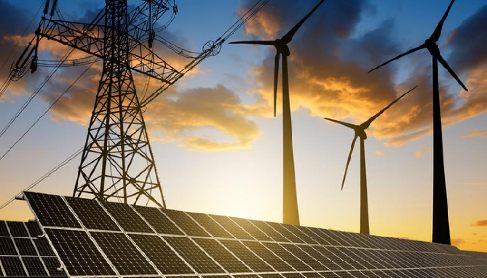The UK saw two consecutive quarters of wind power overtaking fossil fuels as the single-largest source of electricity generation for the first time, per data from think tank Ember quoted by Reuters columnist Gavin Maguire.
In the first quarter of 2024, wind-generated a total of 25.3 terawatt hours (TWh) of Britain’s electricity, higher than the 23.6 TWh generated from fossil fuel sources, Ember data showed. As a result, wind power generated an average of 39.4% of the UK’s electricity between January and March 2024, versus a 36.2% share of fossil fuel generation.
Wind power generation, however, could begin to dip with warmer and still weather in the summer months, Reuters’s Maguire notes.
Last September, a report prepared for power group Drax showed that Britain has now installed more wind capacity than any other type of power source, with wind power capacity overtaking combined-cycle gas power stations for the first time and ending more than a century of fossil fuels dominating the electricity system.
As of June 2023, Britain’s fleet of wind farms reached 27.9 gigawatts (GW) of capacity, exceeding the gas-powered stations total capacity of 27.7 GW, according to the study prepared by experts from Imperial College London and the University of Sussex for the quarterly Drax Electric Insights.
For the whole of 2023, power generation from renewable technologies matched the previous record high of 2022 but renewables’ share of electricity generation increased to a record 47.3%, UK government data showed last month.
Wind generation hit a record-high share of 28.7% of generation in 2023, up from just 2.7% back in 2010. Generation from fossil fuels fell to a record low, a share of 36.3%, but generation from gas remained the principal form of UK generation at 34.3%, the statistics from the UK’s Department for Energy Security and Net Zero showed.
Low carbon power generation, of renewables and nuclear combined, increased to a record-high share of 61.5% in 2023.





